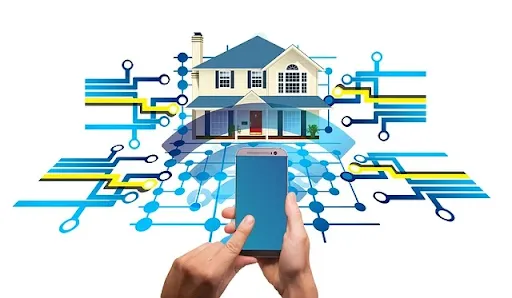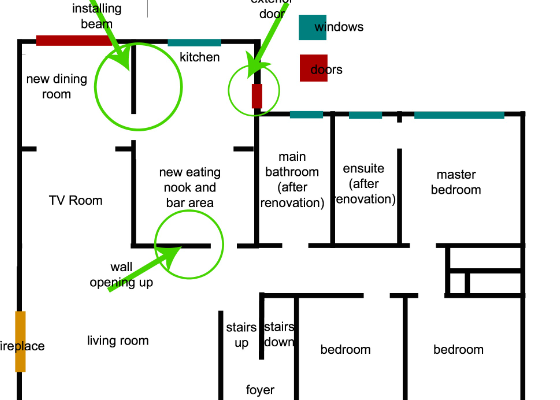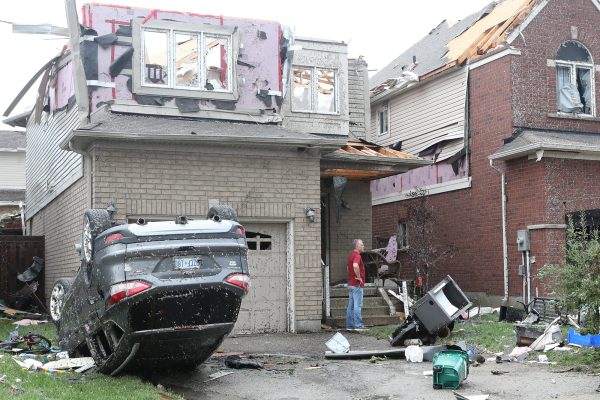Smart homes, also referred to as connected or automated homes, are dwellings equipped with internet-enabled devices and systems that automate and optimize a range of household functions. These may include regulating temperature, managing lighting, providing security, and controlling various appliances. The cornerstone of smart homes lies in the ability to provide residents with enhanced control, convenience, energy efficiency, and security, thereby transforming the way we live, work, and interact with our home environment.
Smart homes are instrumental in the future evolution of residential architecture, moving beyond aesthetics and structural designs to create dynamic living spaces that adapt to the needs and preferences of their occupants. The integration of technology and architecture not only enhances the functional aspects of a home, but also contributes to sustainable living by promoting energy efficiency and resource conservation. This article aims to explore the concept of smart homes, their impact on residential architecture, the benefits they present, and the future trajectory of this fascinating intersection of technology and architecture.
Table of Contents
Key Features of Smart Homes
Home Automation
Home automation allows homeowners to control various home functions remotely. This extends to controlling temperature, locking doors, and even monitoring indoor air quality. Home automation is all about enhancing comfort, convenience, and efficiency, allowing a tailored living experience.
Energy Efficiency
Smart thermostats and automated lighting systems can adjust based on the homeowners’ behaviors, reducing unnecessary energy use. Additionally, energy monitoring systems provide real-time feedback on energy consumption, encouraging more mindful usage.
Security Systems
The security system of a smart home may include smart cameras, doorbell cameras, motion sensors, and smart locks, all of which can be controlled and monitored remotely. This provides homeowners with increased peace of mind, knowing they can keep an eye on their property, no matter where they are.
Intelligent Lighting
Lights can automatically adjust their brightness based on the time of day or activity, and can also change colors to create different moods. These can be integrated with other home automation systems by any modern architect and greatly contribute to energy savings.
Smart Appliances
Smart appliances in a smart home can range from refrigerators to washing machines, all connected to the internet. These appliances can adjust their operations based on user habits, leading to more efficient use. Some can even diagnose their own technical issues, simplifying maintenance and repair.
Internet of Things (IoT) in Home Environment
The IoT is the backbone of a smart home, connecting various devices and systems for seamless operations. Everything from lighting systems to security cameras, thermostats to kitchen appliances, can be interconnected. This facilitates the automation and remote control of various home functions, bringing a new level of convenience and control to everyday living.
The Impact of Smart Homes on Residential Architecture
The integration of smart technologies is transforming the residential architecture landscape and how a modern architect designs homes. Traditional architectural designs focused primarily on aesthetics and structure, but now, the infusion of technology is bringing an additional dimension to these designs, enhancing their functionality and user-friendliness. Smart technologies are considered right from the initial stages of architectural planning, including the positioning of smart devices, the integration of home automation systems, and the provision of necessary infrastructure for IoT connectivity. This incorporation ensures seamless interaction between residents and the smart home environment, thereby increasing the home’s adaptability and convenience.
The Future of Smart Homes in Residential Architecture
Predicted Technological Advances
The future of smart homes in residential architecture is intrinsically linked with the trajectory of technological advancements. The potential for further development in AI, machine learning, and IoT promises even more intelligent and autonomous smart homes. For instance, predictive technology could allow homes to anticipate the needs of occupants based on past behavior and make adjustments accordingly. Moreover, the integration of augmented reality (AR) and virtual reality (VR) in smart homes could revolutionize how we interact with our living spaces. With these technologies, homes could transform based on our needs, preferences, and even moods, creating an entirely personalized living environment.
Potential Impact on Society and Lifestyle
Homes will not only be places of residence but will also serve as personal assistants, health monitors, and entertainment hubs. This shift will redefine our perception of comfort and convenience, creating a lifestyle that seamlessly integrates technology. The ability to manage homes remotely could also enable new ways of working and living, with potential implications for work-life balance, home security, energy use, and even social interactions.
Role of Sustainable and Green Practices in Future Smart Homes
As concerns about energy use and climate change continue to grow, the ability of smart homes to promote energy efficiency and reduce carbon footprints becomes increasingly valuable. Future smart homes could integrate renewable energy sources, like solar panels and wind turbines, while also maximizing efficiency through automated systems for heating, cooling, lighting, and water use. Further advancements in smart grid technology could also allow homes to not only consume energy but to store and even feed energy back into the grid.
Smart homes, representing a synergistic blend of technology and residential architecture, are significantly transforming the way we live. While they present a host of benefits like enhanced convenience, energy efficiency, and accessibility, they also prompt us to address challenges related to privacy, security, and technological dependence. As we move towards an increasingly digital future, smart homes will undoubtedly play a pivotal role in shaping sustainable, intelligent, and responsive living environments.





